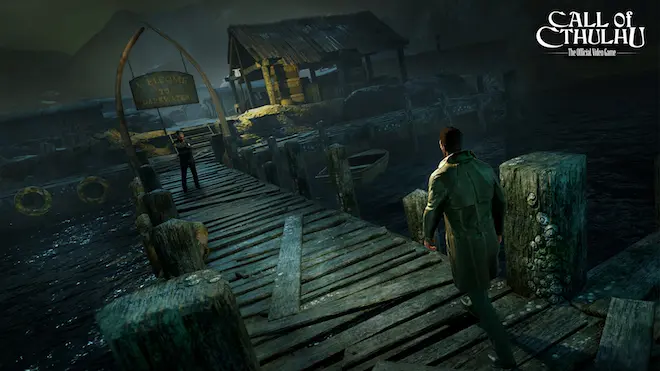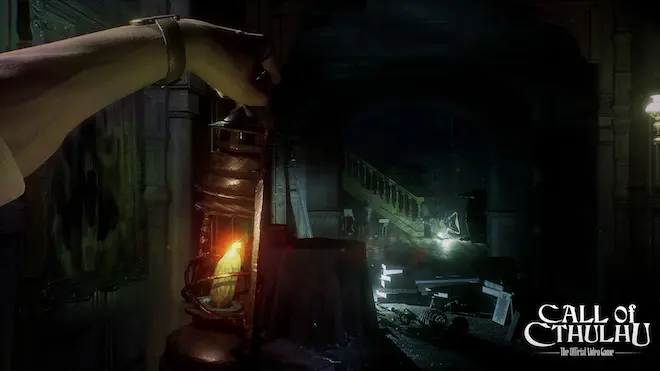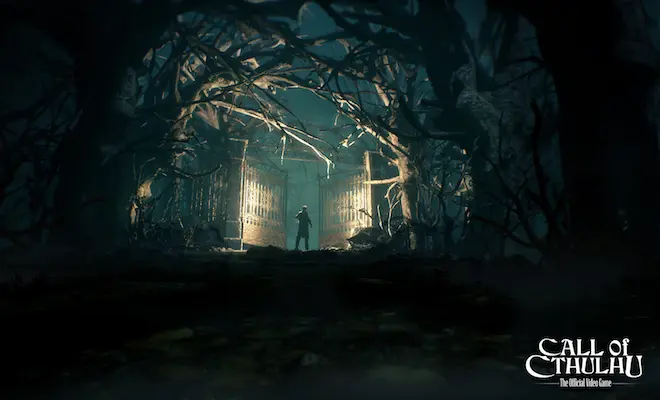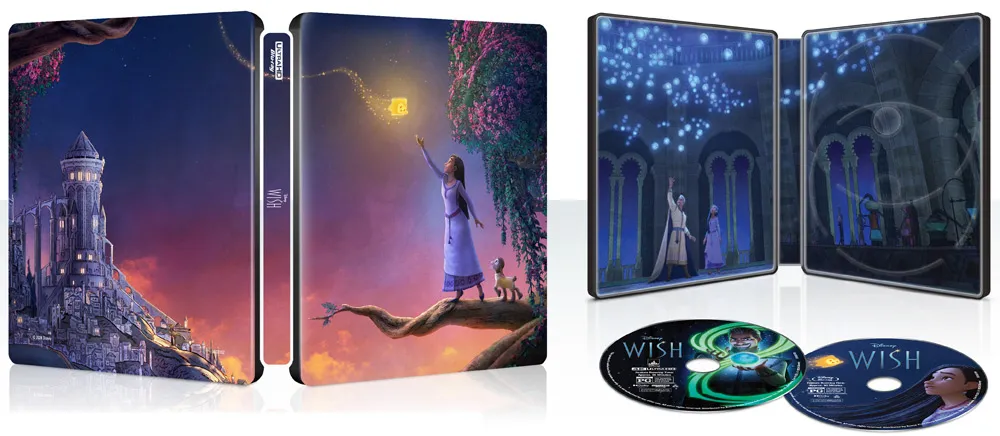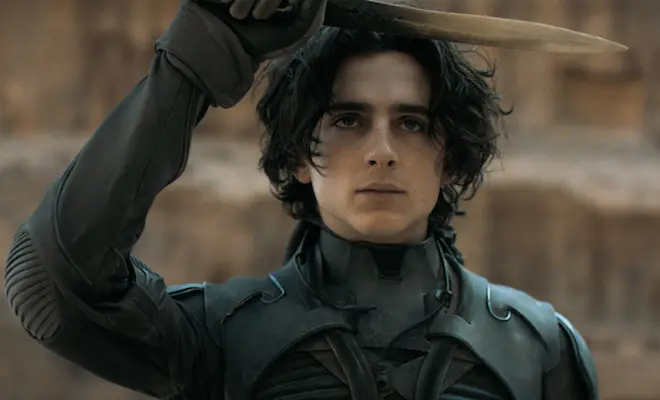There’s something creepy about playing a game like Focus Home Interactive and Cyanide Studio’s Call Of Cthulhu on or around Halloween. The story of one man’s battle with madness as he tries to investigate a suspicious death serves as the perfect vehicle to give you the creeps and willies. Using H.P. Lovecraft’s seminal work and the game mechanics created by Chaosium Games, Cyanide has done a respectable job of translating the property into a full fledged RPG for the PS4, Xbox One, and PC, but it is not without faults.
Call Of Cthulhu takes place in 1924 Massachusetts, primarily on the island of Darkwater, off the coast of Boston. The protagonist, Edward Pierce, is a Great War veteran who self medicates to keep his nightmares at bay, and is in constant danger of losing his Private Investigator’s license. When a wealthy and eccentric man offers him a case, Edward has to accept the job or risk losing his career. Little does he know, this job will put much more at risk, namely his sanity and ultimately his life.
The story of Call Of Cthulhu hits all the beats that it should. Darkwater is a fishermans’ village, and everyone has a secret. Darkwater also has a dark past, and as Edward investigates, those secrets come to light. And since this is based off a Lovecraft story, expect horrors from this world — and others. It is very easy to say that the story and how it plays out is the most satisfying aspect of Call Of Cthulhu. Unfortunately, a video game is made up of a great many other elements, and this is where the game begins to stumble.
Graphically, Call Of Cthulhu can’t decide if it wants to go with realism or artistic styled characters, like the Dishonored series, for instance. And since the character models are caught in this artistic indecision, they sometimes look ugly, and oftentimes look silly, especially during dialogue scenes. I applaud Cyanide for trying here, but the end result of the game suffers because the character models look and move and react so incredibly off.
On the flip side, the locations and world look pretty fantastic, including the superior lighting effects. Call Of Cthulhu is a dark game, as it should be, and the Victorian era buildings and the chum-based gore you’d expect from a fishing village really help to sell the ideas that this is in a different time period. The game really burns hot when the player is exploring caves and later an insane asylum. This helps to make us forget about the challenging character models, and after about 10 hours, your mind starts to ignore the characters’ ugly faces, as you are focused on the story and moving it forward.
Play control is also a little off. Edward moves so incredibly slow — and he’s in first person, which doesn’t make much sense. And the various button presses to instigate actions are hit and miss. Early on, I was tasked with getting into a warehouse on Darkwater Island. I found an alternate way in by talking to the townsfolk — through the sewers — and collected the components I needed to open the door, but then the game would not let me actually use the pulley to open it. It was an episode of frustration that almost sunk the whole game for me. I ended up having to trick some guards to get past them into the warehouse, but why offer the alternate way in if I can’t use it? My character should be going mad, not me.
Call Of Cthulhu seems to give you the illusion of the choices you would expect from a RPG, but in reality, the game is pushing you forward on the narrative path they have chosen. In many ways, this is less an RPG and more of action adventure game. And this is distressing because the RPG elements are there. Even during the investigation, which become a mini-game of sorts, the player has to find clues in a very specific order to reconstruct what happened. Again, you are being pushed forward by deus ex machina, even if you don’t know it. As a veteran of the Chaosium table top Call Of Cthulhu RPG, I love how they incorporate the skills tree and upgrades, even going so far to refer to the character skills screen as “the character sheet.” I just wish there was more ambiguity in how I go about my play through, especially in the latter half of the game when sanity comes into play.
The last major component is the music and voice acting. The music works well here, but the voice acting across the board is problematic. It’s particularly frustrating when the actors are mispronouncing words, like “macabre.” I’ve also seen incorrect and inconsistent grammar in the subtitles. I played an early review build of Call Of Cthulhu and the game has had a few updates, and maybe some of this has been fixed, but it was still jarring to see and experience first hand. The one saving grace here is that the developers made sure the characters’ pronounced “Cthulhu” correctly. Hint: the “H”s are silent. Hearing it pronounced “KTULU” made me more happy than you can imagine, as a lifelong Lovecraft fan.
Call Of Cthulhu is a great first try to bring this legendary world of Lovecraft to life in video game form. The elements are there to build on to make a better game the second time around. The story is strong enough to push this game past some of its many faults, and I was pressed over and over to finish Edward’s story, even if I was disappointed in the art direction as I was doing so. Fans of Lovecraft and of Chaosium will find much to enjoy here, but if you are new to either, you might find a game that is borderline. If you fall into the newbie camp, play through it, as the story is worth it. You’d be crazy not to.
Call Of Cthulhu is available now for the PS4 and the Xbox One and Windows PC. This review is based off the PS4 version of the game and a review code provided by the publisher.

